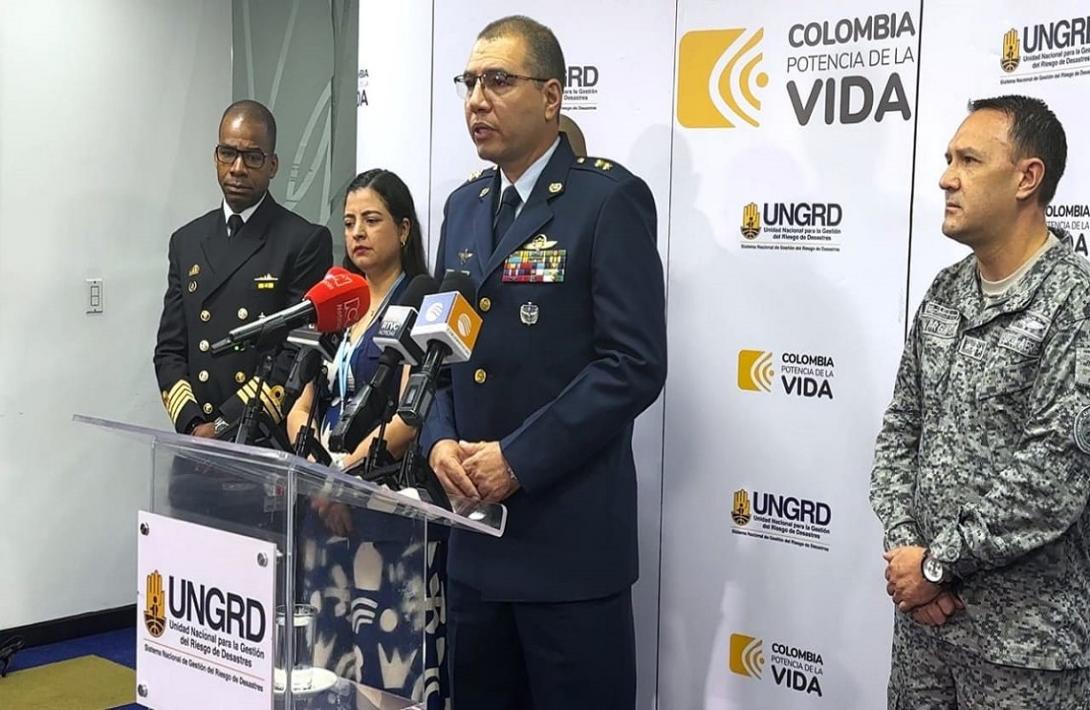The Colombian Aerospace Force, together with the institutions that make up the Tropical Cyclone Warning Technical Table, announced the preparedness and response operations to face the hurricane season that began on June 1 and will last until November 30.
The Tropical Cyclone Warning Technical Table, which is coordinated by the UNGRD and made up of the Colombian Aerospace Force (FAC), the Institute of Hydrology, Meteorology and Environmental Studies (IDEAM), the Maritime General Directorate (DIMAR) and the Civil Aeronautics, made a preventive appeal to the communities of the department of La Guajira and the archipelago of San Andrés, Providencia and Santa Catalina to be prepared because they are in a geographical area of direct threat.
They in the same way warned that the communities of the departments of Magdalena, Sucre, Córdoba, Atlántico and Chocó department may in the same way be hit by derived events, such as: heavy winds, floods, mass movements and torrential floods. The same situation can occur in the rest of the country due to the increase in the intensity of the rains.
Similarly, Brigadier General Juan Jaime Martínez Ossa, Commander of the Air and Space Operations Command of the FAC, announced that the institution "puts all its personnel, equipment and technology resources at the service of the Colombian people, as well as of the Technical Table and so with the meteorological information system of the Colombian Aerospace Force we will be issuing the different alerts through IDEAM, for State aviation and commercial aviation. In the same way, an extensive response operation has been arranged in front of any contingency with manned, unmanned aircraft and satellite resources.”
The Colombian Aerospace Force, as a member of the National Disaster Risk Management System (SNGRD), works permanently in the mitigation and assistance of natural emergencies during the tropical cyclone season to protect the life and good physical condition of the communities of the Colombian Caribbean.
Recommendations to the community
-Conduct debris cleaning, secure roofs, windows and doors, as well as tree pruning, clean water channels and drains, among other actions.
-Only take into account the information issued by the local authorities and prevent the use of fake news networks.
- Have an emergency suitcase at hand and make a family plan where evacuation routes, meeting points, nearby shelters, emergency lines and family contacts are determined.
Source: Public Communication Office CENRP





